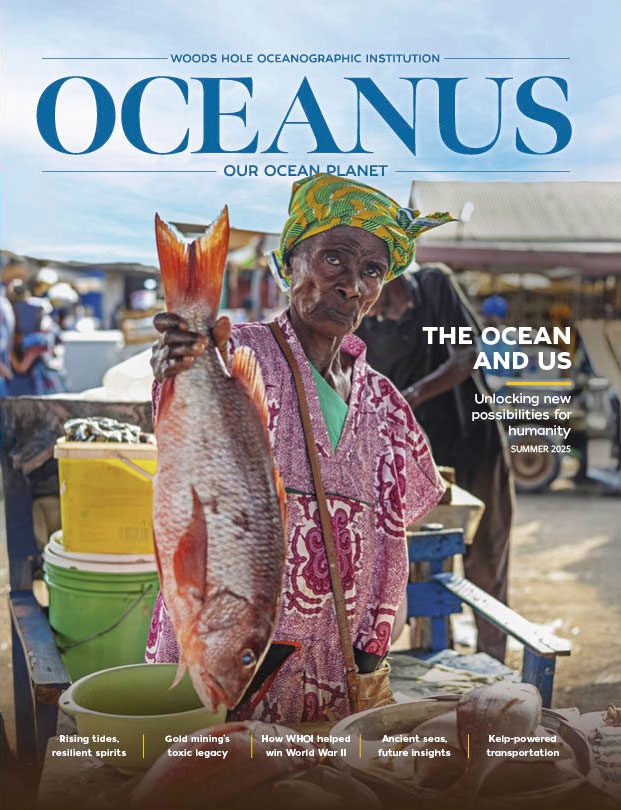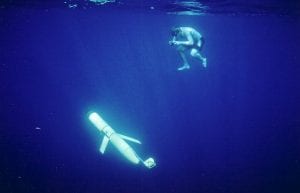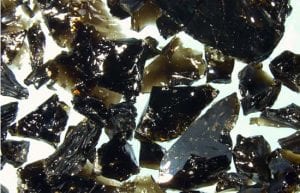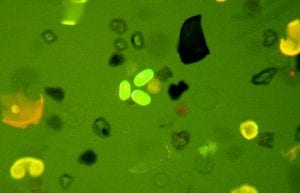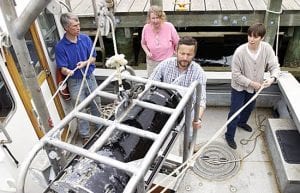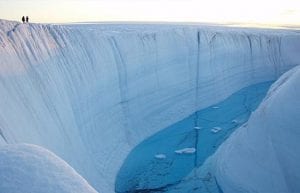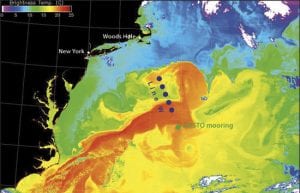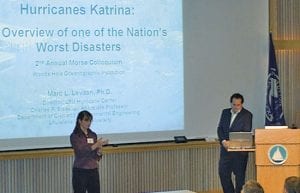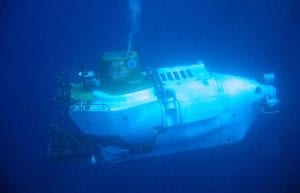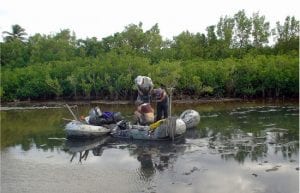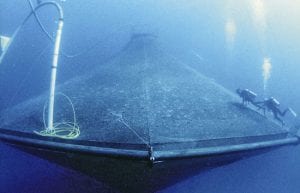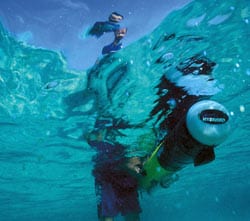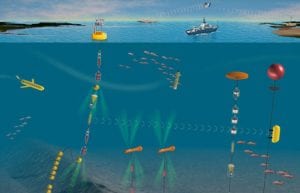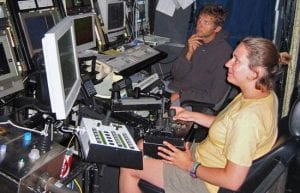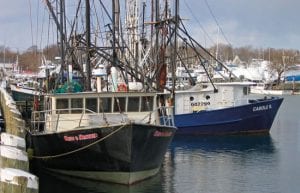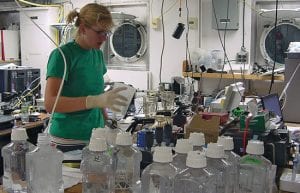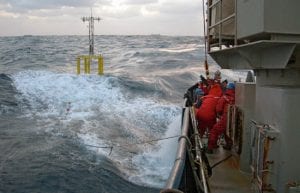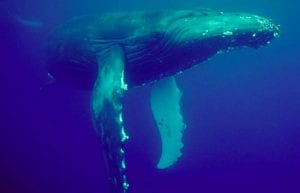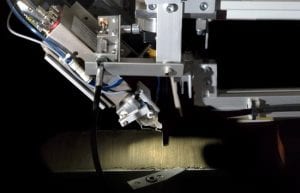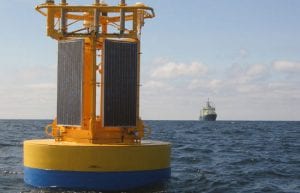Michael Carlowicz
‘Green’ Energy Powers Undersea Glider
Researchers have successfully flown the first thermal glider through the ocean—a robotic vehicle that can…
The Spiral Secret to Mammal Hearing
The spiral secrets of mammals? hearing abilities Whispering galleries are curious features of circular buildings.…
Deeply Submerged Volcanoes Blow Their Tops
A research team led by Woods Hole Oceanographic Institution (WHOI) has uncovered evidence of explosive…
Researchers Successfully Forecast 2008 Red Tide
A research team led by scientists at Woods Hole Oceanographic Institution (WHOI) successfully predicted the…
Cytobot Gives Early Red Tide Warning
An automated underwater microscope developed by scientists at Woods Hole Oceanographic Institution (WHOI) detected an…
Crack! A Lake Atop Greenland Disappears
In late July 2006, a 2.2-square-mile lake atop the Greenland Ice Sheet sprung a leak.…
The Oceans Feel Impacts from Acid Rain
The release of sulfur and nitrogen into the atmosphere by power plants and agricultural activities…
Will the Ocean Circulation Be Unbroken?
If the world’s climate is going to change, we will see signs in the ocean.…
WHOI Scientists Testify to Congress
Marine geochemist Scott Doney and marine policy specialist Porter Hoagland traveled to the nation’s capital…
Morss Colloquia Focus on Science and Society
Woods Hole Oceanographic Institution launched a new program, hosting three “Morss Colloquia” since October 2006.…
Phone Call Links Inner and Outer Space
Tim Shank and Sunita Williams placed one of the most unusual long-distance phone calls of…
Scientists Unearth Long Record of Past Hurricanes
Reaching down into the muck below a lagoon off Puerto Rico, two geologists at Woods…
New Regulations Proposed for Offshore Fish Farms
Newly proposed legislation to regulate large-scale fish farming in the oceans around the United States…
WHOI Scientists Provide Congressional Testimony
Susan Humphris, chair of the Geology and Geophysics Department, testified May 4, 2006, before the…
Scientists Gear Up to Launch Ocean Observing Networks
Oceanography is on the verge of a revolution. Scientists and engineers have been dreaming up…
A Laser Light in the Ocean Depths
Graduate student Anna Michel is adapting laser technology to the murky fluid environment and crushing…
Building a Computer Model to Forecast Red Tides
The algae Alexandrium fundyense are notorious for producing a toxin that accumulates in shellfish such…
Do Fishing Regulations Lead to More Accidents?
Fishermen have argued that regulations about when and where they can catch fish have caused…
The Oceans Have Their Own Weather Systems
From June to September 2005, oceanographer Dennis McGillicuddy and a team of more than 20…
The Hunt for 18° Water
In 1959, oceanographer Valentine Worthington gave a name and an identity to a long-observed but…
Caught in the Middle of the Marine Mammal Protection Act
In the past few years, several research projects have been halted because of conflicting interpretations…
Analyzing Ancient Sediments at Warp Speed
Like a toy out of a science fiction story, the X-ray fluorescence core scanner reveals…
Going Wireless in the Deep Blue
How do you get long-term ocean measurements from any spot on the globe, with day…
